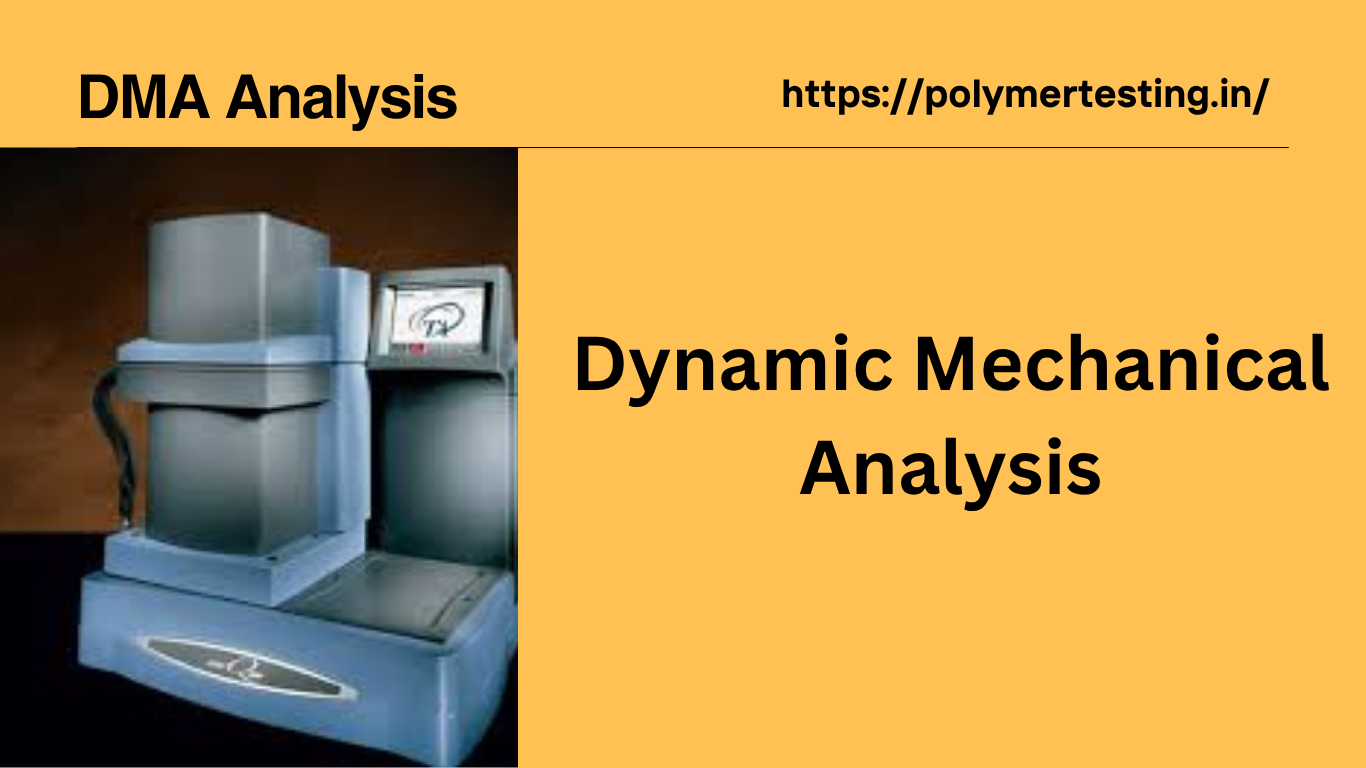Thermal Behavior Assessment of Polymers: Vicat Softening Point Determination via ASTM D1525 and ISO 306 Methods
The test determines the temperature at which a standard indentor penetrates 1mm under the surface of a test specimen under load. VSP ranks the thermal performance of plastics according to the temperature that causes a specified penetration by a lightly loaded probe. Often used as a general indicator of short- term, high temperature performance, the Vicat softening Temperature is less
sensitive to sample thickness and molding effects than DTUL.
In the standard test (ASTMD 1525 or ISO 306), a flat ended probe with 1 mm 2 cross section contacts a plastic specimen submerged in a heating bath (shown in Figure ). The Vicat softening temperature is the temperature of the oil bath when the probe reaches a 0.04 inch (1 mm) depth.

Significance:
1. Data obtained by this test method may be used to compare the heat-softening
2. ualities of thermoplastic materials.
3. This test method is useful in the areas of quality control, development and characterization of plastic materials.
Test Method: ASTMD 1525, ISO 306
A flat-ended needle loaded with a specified mass is placed in direct contact with the
test specimens. The mass applied can be one of two accepted loads, as follows:
Loading 1-10 ± 0.2N
Loading 2-50 ± 1.0N
The specimen and needle are heated at either of two permissible rates, as follows:
Rate A-50 ± 5 o C/h
Rate B-120 ± 10 o C/h
The temperature at which the needle has penetrated to a depth of 1± 0.01mm is recorded as the Vicat softening temperature.
Specimens Dimension: The specimen shall be flat, between 3 and 6.5mm thick and at least 10 by 10mm in area or 10mm in diameter.
Equipment:

1. Immersion Bath: The bath containing the heat-transfer medium shall be equipped with a stirrer, temperature-measuring device and heater. The heater shall have automatic control of the selected bath temperature-rise rate (Figure ). The bath should be constructed to allow the specimens to be submerged at least 35 mm below the surface of the heat-transfer medium.
2. Heat-Transfer Medium: Liquids such as silicone oils, glycerine, ethylene glycol and mineral oil can be used as a heat transfer medium for performing the test.
3. Specimen Support: A suitable stand or support for the specimen to be placed in the bath.
4. Penetration-Measuring Device : The device used for measuring the penetration of the specimen shall be capable of measuring a penetration depth of at least 1 ± 0.01mm. The measuring device may be an analog or digital dial gage or similar device, including an electronic-displacement sensing apparatus.
5. Masses: A set of masses of suitable sizes shall be used so that the net force on the needle point shall be equal to 10 ± 0.2N (Loading 1) or 50 ±1.0N (Loading 2) when the apparatus is assembled. The net force shall consist of the weight of the needle rod assembly, the force attributed to action of the penetration-measuring device and the extra weight that is required to balance the system. The required
mass is calculated as follows:
Required mass, m w = (F – F s )/9.80665 – m r
F = total force to be applied to the specimen, N,
F s = force exerted by any penetration-measuring device, N
(this is a positive value if the thrust of the spring is towards the specimen (downward), a negative value if the thrust of the spring is opposing the descent of the rod, or zero if no such device is involved),
m r = mass of the needle rod assembly, kg, and
m w = extra mass applied to attain the desired force, kg.
6.Temperature-Measuring Device: A thermocouple, resistance thermometer (RTD), or thermometer adequate to cover the range being tested.
7. Needle: A flat-tripped hardened steel needle with a cross-sectional area of 1.000 ± 0.015mm 2 (diameter of 1.120 to 1.137mm) shall be used. The tip shall be free of burns and be perpendicular to the axis of the rod. The needle shall protrude at least 2mm from the end of the rod.
Test Procedure:
- Prepare the immersion bath so that the temperature of the heat-transfer medium is between 20 and 23 o C at the start of the test unless previous tests have shown that for a particular material under test no error is introduced by starting at a higher temperature.
- Place the specimen, which is at room temperature, on the specimen support so that it is approximately centered under the needle. The needle should not be nearer than 3mm to the edge of the specimen. Gently lower the needle rod, without the extra mass, so that the needle rests on the surface of the specimen and holds it in position.
- Position the temperature-measuring device so that the sensing end is located within 10mm from where the load is applied to the surface of the specimen. The sensing end should not touch the specimen.
- Lower the assembly into the bath, taking care not jar it in any way that would damage or dislodge the specimen.
- Apply the extra mass required to increase the load on the specimen to 10 ± 0.2N (Loading 1) or 50 ± 1.0N (Loading 2). After a 5-min waiting period, set the penetration indicator to zero.
- Start the temperature rise. The rate of temperature increase shall be either 50 ± 5%C/h (Rate A) or 120 ± 10 o C/h (Rate B) and shall be uniform throughout the test. The Rate A, heating requirements shall be considered to be met if over every 12-min interval during the test, the temperature of the
bath rises 10 ± 1 o C at each specimen location. The Rate B, heating requirement shall be considered to be met if over every 6-min interval during the test, the temperature of the bath rises 12 ± 1 o C at each specimen location. The selection of the rate of rise shall be agreed upon between the cooperating Laboratories. - Record the temperature of the bath when the needle has penetrated 1 ± 0.01mm into the test specimen.










Post Comment